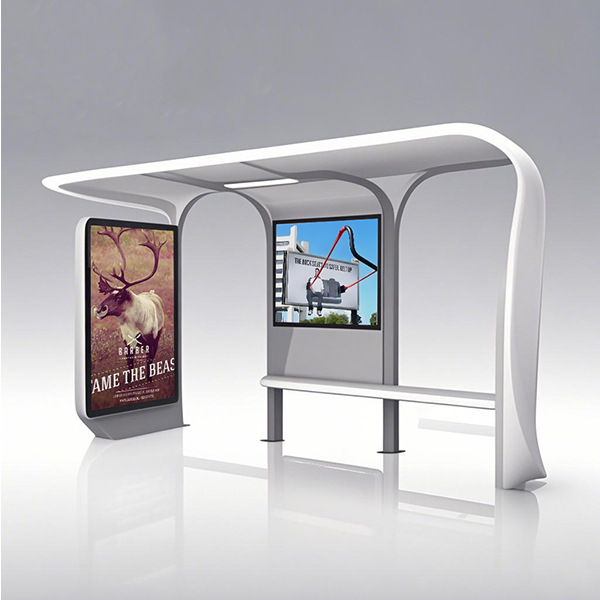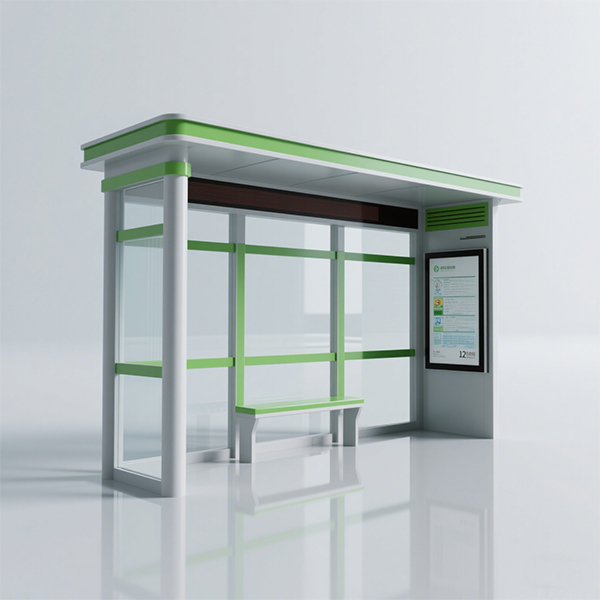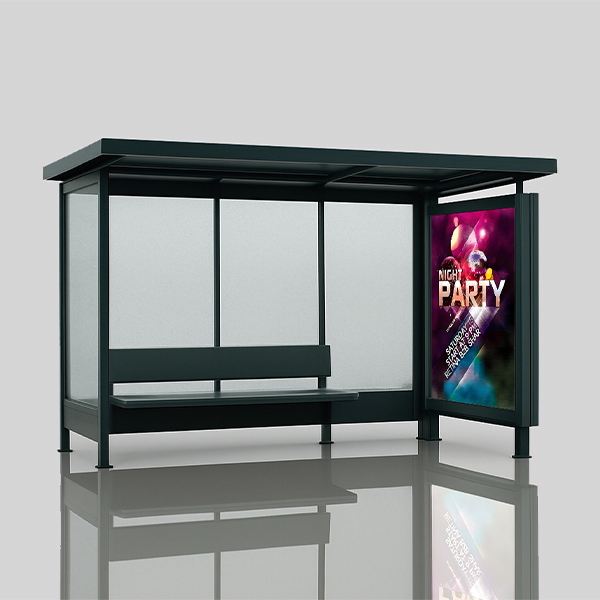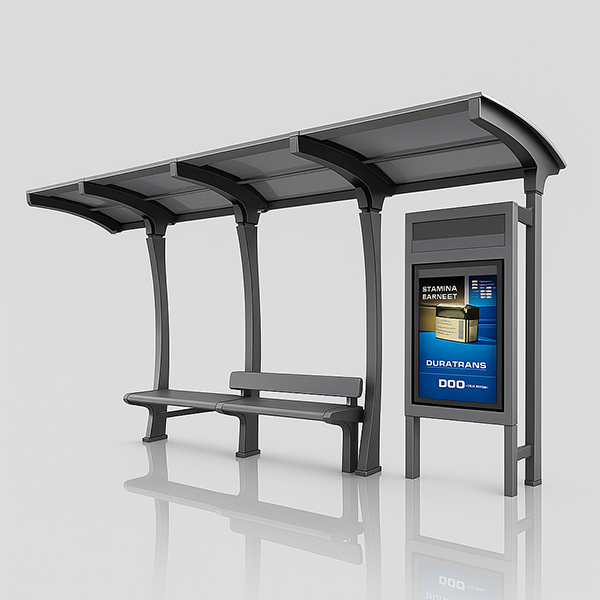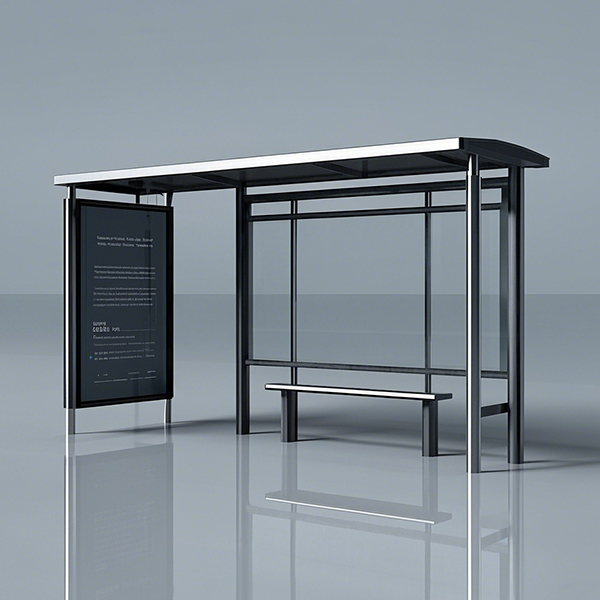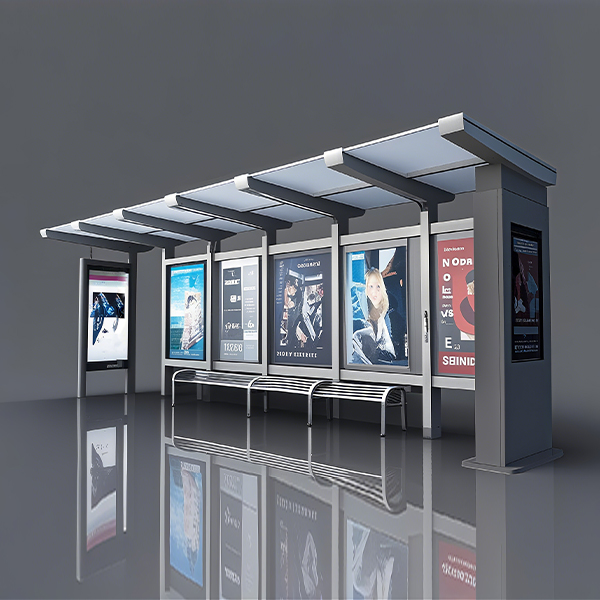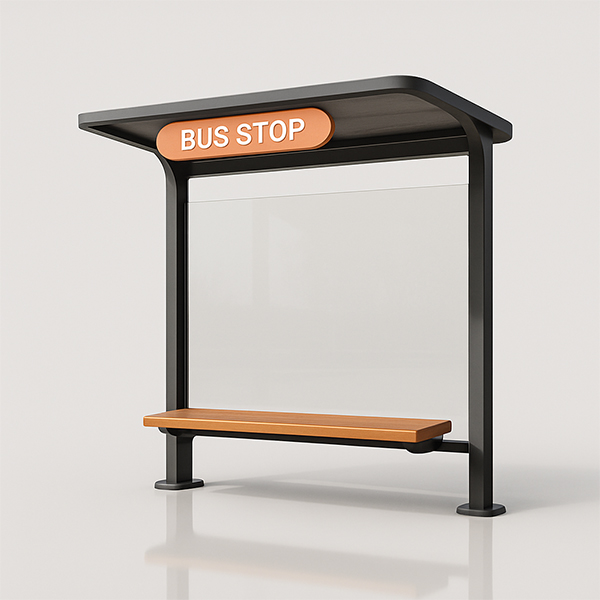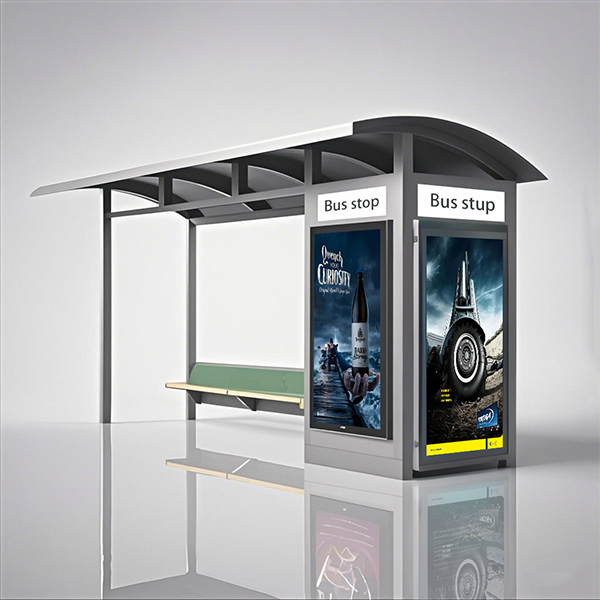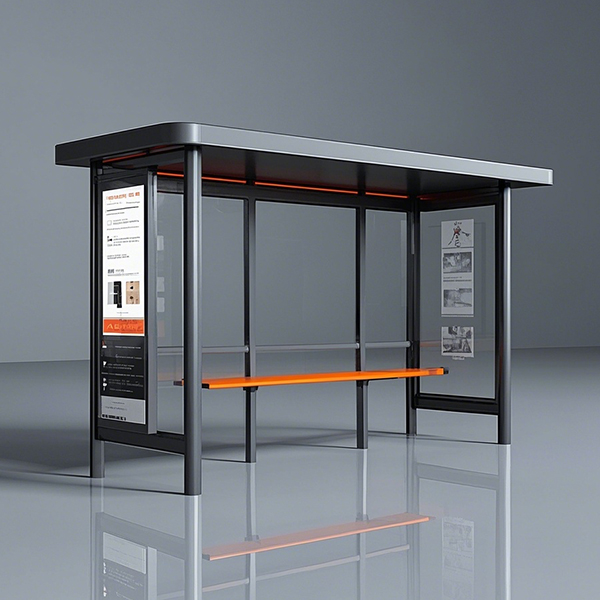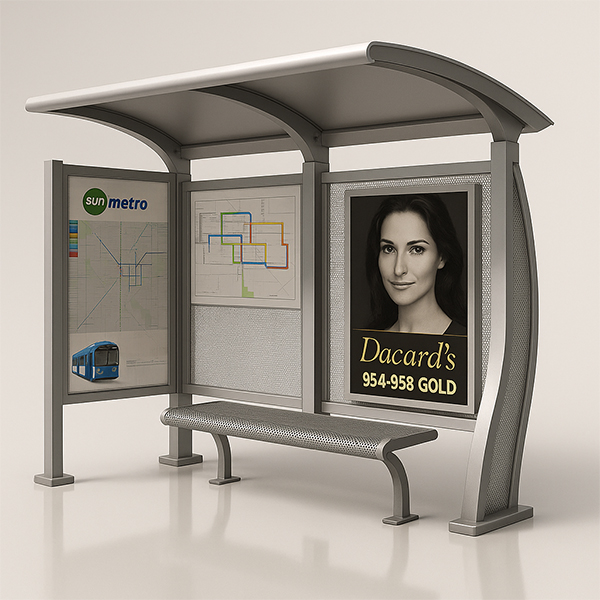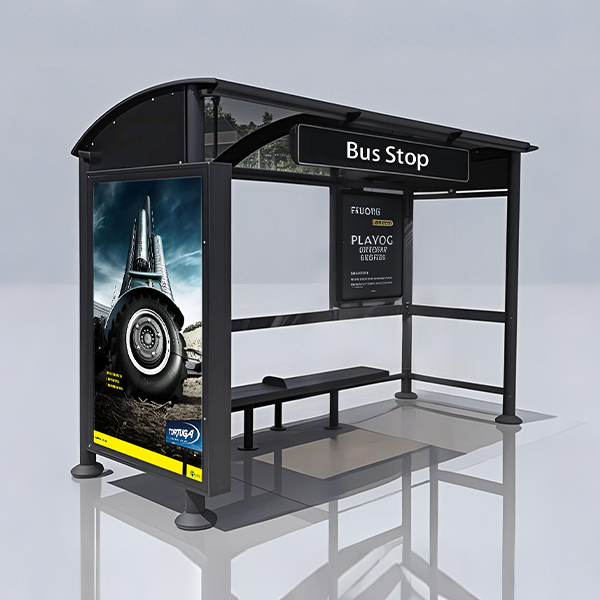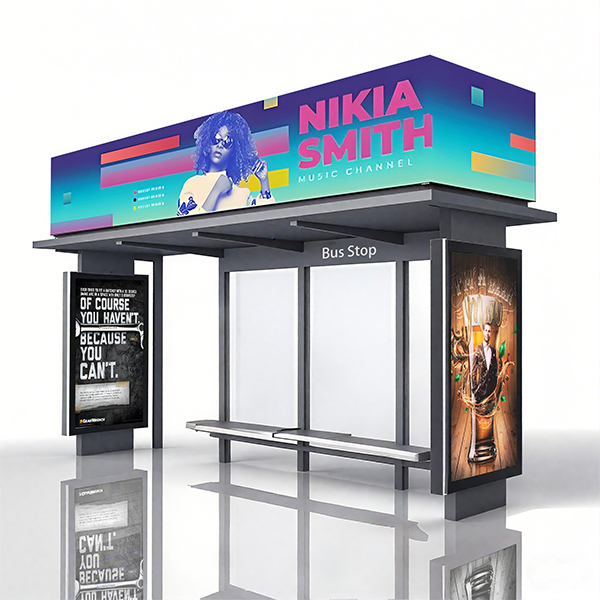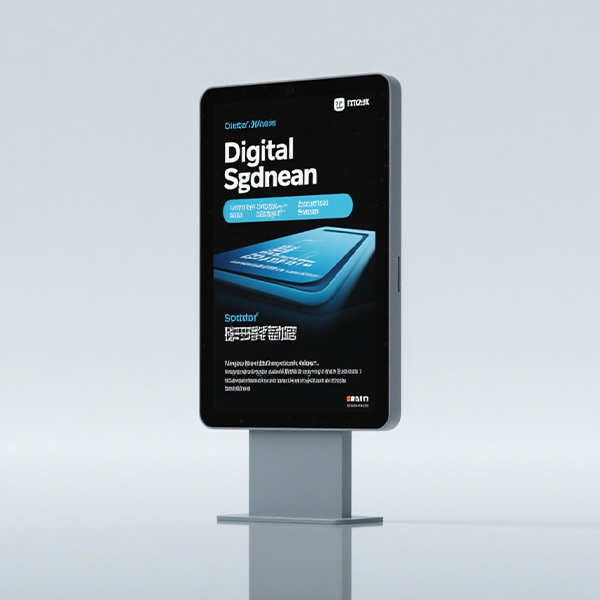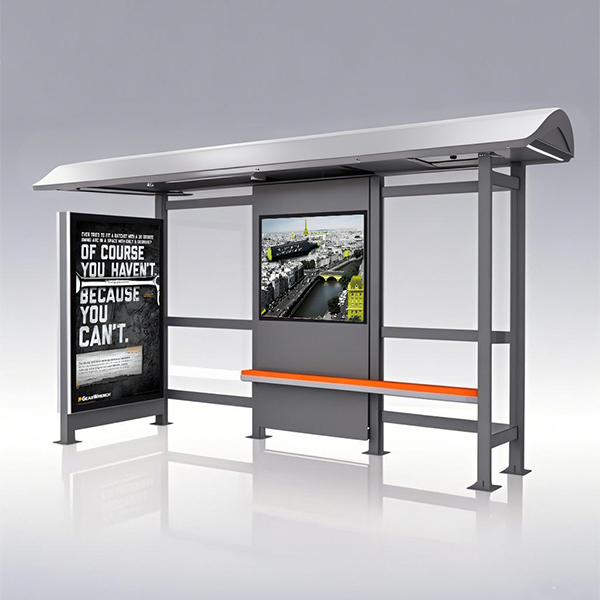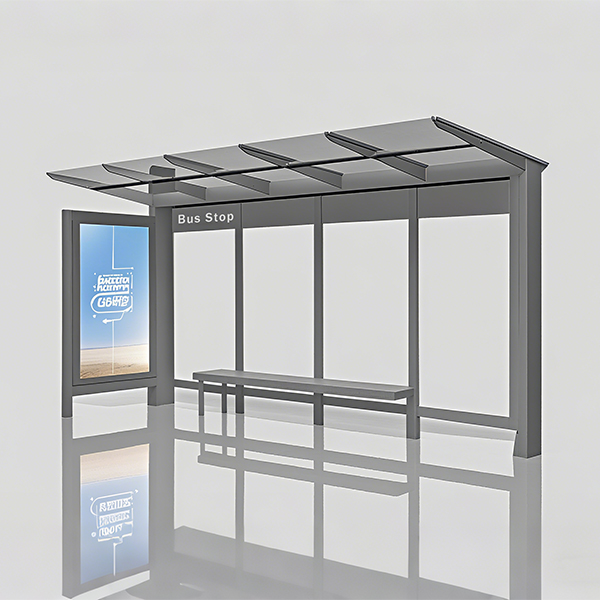
Green Roof Bus Shelter
Discover the benefits and considerations of installing green roof bus shelters. This comprehensive guide explores design, construction, maintenance, and environmental impact, providing you with the information needed to make informed decisions.
Environmental Benefits of Green Roofs on Bus Shelters
Reduced Urban Heat Island Effect
Green roof bus shelters contribute to mitigating the urban heat island effect. The vegetation on the roof helps absorb solar radiation and reduce surface temperatures, creating a cooler microclimate around the shelter and improving passenger comfort, especially during hot summer months. Studies have shown that green roofs can lower temperatures by several degrees Celsius. This contributes to a more sustainable urban environment and reduces the demand for energy-intensive cooling systems.
Improved Air Quality
Plants on the green roof bus shelter absorb pollutants from the air, contributing to improved air quality in the surrounding area. This is particularly beneficial in urban environments with high traffic congestion. The increased green space also helps to reduce noise pollution, creating a more pleasant waiting experience for passengers.
Stormwater Management
The green roof acts as a natural sponge, absorbing rainwater and reducing runoff. This helps to alleviate pressure on drainage systems and reduces the risk of flooding. The vegetation also helps to filter pollutants from stormwater before it enters the water system, protecting water quality.
Design and Construction Considerations
Choosing the Right Plants
Selecting appropriate vegetation for a green roof bus shelter is crucial. Consider factors such as climate, sunlight exposure, and maintenance requirements. Drought-tolerant, low-maintenance plants are generally preferred for ease of upkeep. Sedum species are often used for their resilience and attractive appearance. Local nurseries can provide advice on suitable plants for your specific location.
Structural Considerations
The weight of the green roof system needs to be considered during the design phase. The structure of the bus shelter must be capable of supporting the added weight of the substrate, vegetation, and irrigation system. Consult with a structural engineer to ensure the design meets safety standards.
Water Management
An effective irrigation system is essential for maintaining the health of the green roof. This typically involves a drainage layer to prevent waterlogging and a reservoir to store water for dry periods. Consider using a rainwater harvesting system to supplement irrigation needs, reducing reliance on municipal water supplies.
Maintenance and Long-Term Sustainability
Regular maintenance is vital for the longevity and effectiveness of the green roof bus shelter. This includes weeding, pruning, and occasional watering during dry spells. Depending on the chosen plant species, fertilization may also be necessary. A well-maintained green roof bus shelter can last for many years, providing long-term environmental and aesthetic benefits. Proper maintenance reduces repair costs and ensures the continuous effectiveness of the green roof system.
Case Studies and Examples
Several cities around the world have implemented green roof bus shelters successfully. Researching these projects can provide valuable insights into design, construction, and maintenance practices. [Link to a relevant case study – add rel=nofollow attribute] Example Case Study
Cost Comparison: Traditional vs. Green Roof Bus Shelters
While the initial cost of a green roof bus shelter may be higher than a traditional shelter, the long-term benefits often outweigh the extra investment. The following table provides a simplified comparison:
| Feature | Traditional Shelter | Green Roof Shelter |
|---|---|---|
| Initial Cost | Lower | Higher |
| Maintenance Cost | Lower | Higher (initially, then potentially lower due to reduced repair needs) |
| Environmental Benefits | Low | High (reduced heat island effect, improved air quality, stormwater management) |
| Longevity | Moderate | High (with proper maintenance) |
Note: This is a simplified comparison. Actual costs will vary depending on location, materials, and design.
For more information on sustainable urban infrastructure solutions, please visit Shandong Luyi Public Facilities Co., Ltd. We specialize in creating innovative and environmentally friendly public facilities.
Соответствующая продукция
Соответствующая продукция







